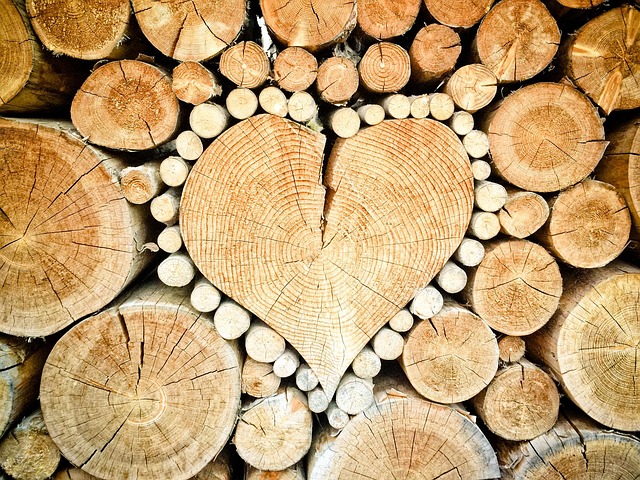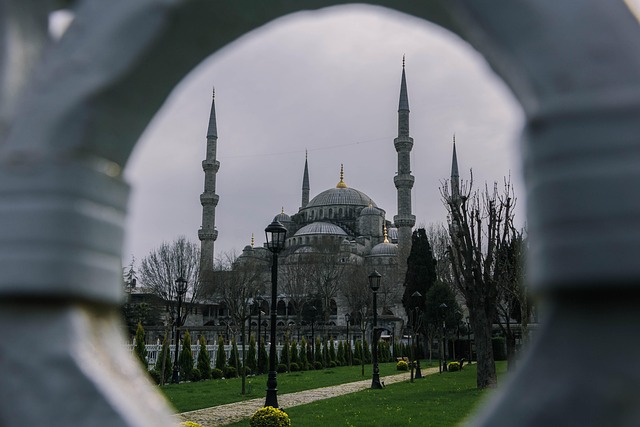In the hustle and bustle of city life, it’s easy to feel disconnected from nature. The concrete jungle often overshadows the vibrant green spaces that can thrive amidst towering buildings. However, the concept of city forestry is bringing the essence of nature back into urban areas, creating opportunities for community bonding, environmental sustainability, and a healthier lifestyle.
Imagine walking through your neighborhood and being greeted by lush trees, vibrant flower beds, and community gardens instead of just asphalt and brick. The incorporation of city forestry not only enhances the aesthetic appeal of a community but also plays a pivotal role in combating pollution and providing a natural habitat for wildlife. Trees absorb carbon dioxide and release oxygen, thus improving air quality and contributing to a healthier environment for all city dwellers.
Community gardening initiatives are a perfect example of how city forestry fosters community spirit. Neighbors come together to cultivate shared green spaces, nurturing their plants and each other in the process. These gardens become sanctuaries for both residents and local wildlife, promoting biodiversity and offering a taste of nature in otherwise concrete-dominated landscapes. Engaging in gardening activities encourages people to appreciate the environment, creating a deeper connection to the earth while also providing fresh produce for the community.
Moreover, green spaces have immense mental health benefits. City forestry initiatives provide residents with a place to unwind, socialize, and find solace. Spending time in nature has been shown to reduce stress, boost mood, and enhance overall well-being. Parks filled with trees and greenery invite people to spend quality time outdoors, engaging in activities such as picnicking, jogging, or simply enjoying a leisurely stroll. This connection to nature encourages a more mindful and eco-conscious community.
As cities continue to grow, the importance of integrating eco-friendly practices into urban planning becomes increasingly vital. Embracing city forestry not only beautifies communities but also serves crucial functions like stormwater management, reducing the urban heat island effect, and offering recreational spaces that improve the quality of life for all residents. By prioritizing green initiatives, we are taking strides toward a sustainable and resilient future.
To truly embrace the urban jungle, citizens and local governments must collaborate to champion city forestry. You can participate by planting trees, joining a community gardening club, or advocating for green space initiatives in your neighborhood. Every small effort contributes to a larger movement towards a greener, healthier, and more vibrant community where nature and urban life can coexist harmoniously.



